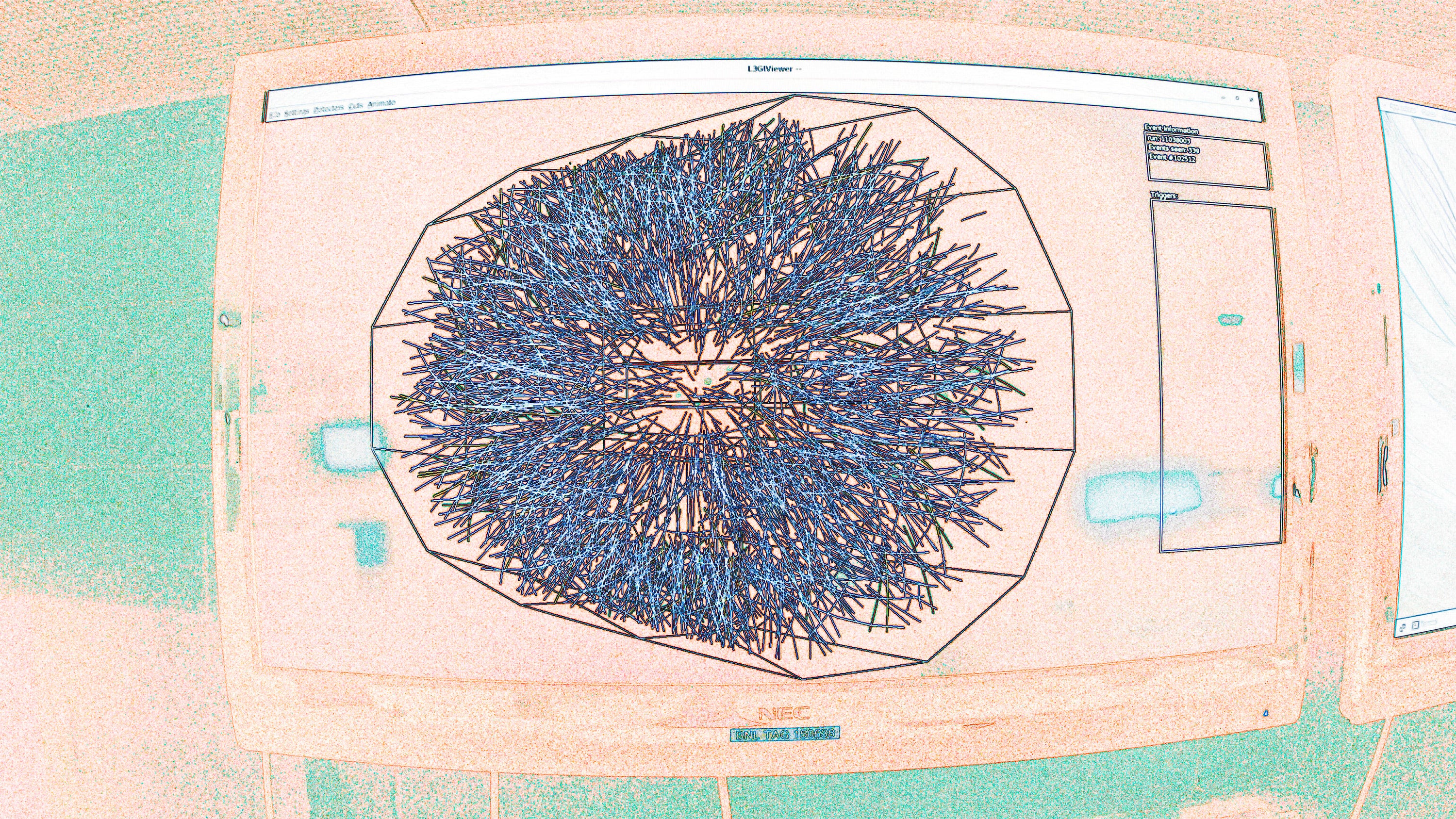
By using one of the most complicated and powerful machines on the planet, scientists have found a way to glimpse back to the very beginning of time itself. This time machine is a particle accelerator, and it gives us a peek at the soup of our newborn universe. Just moments after the Big Bang, our universe was a very different place.
It started out so small, dense and hot that the building blocks of our reality atoms couldn’t even form. Yet the ingredients of atoms, protons and neutrons were broken down into their most fundamental building blocks. Quarks. These quarks floated around in a perfect fluid, along with the particles that carry the force that holds them together inside of their proton and neutron homes.
Those particles are called gluons. Scientists name this universe creating fluid quark-gluon plasma. It hasn’t been found in nature since the beginning of time as we know it. But scientist states can recreate it inside particle accelerators. It was officially observed first at the Brookhaven National Laboratory in Long Island, where researchers used the Relativistic Heavy Ion Collider or RHIC for short to smash atoms together.
RHIC’s 2.4-mile-long ring speeds atomic nuclei around its massive circle 80,000 times a second at 99.995% the speed of light. They are steered in this ring by massive superconducting magnets and cooled down to near absolute zero at several points along the path, the two opposing beams of nuclei intersect and collide. The crashes give rise to explosions of particles, as well as to tiny droplets of quark-gluon plasma.
Here at Brookhaven, there are two collision points where detectors can watch the action: sPHENIX and STAR. sPHENIX is brand new. And STAR just got upgrades to make it more sensitive than ever. Each detector is like an onion with layer upon layer of nested detectors, wires, cooling tubes and electronics, pulling massive amounts of data tracking and detecting particles, energies and motions at the core of each device is a powerful superconducting magnet that can bend charged particles and identify particles of different masses.
These measurements can reveal secrets about the quark-gluon plasma, giving us a deeper understanding than ever before of how the tiniest bits of matter behave. By studying this quark soup, scientists are learning about our primordial cosmic origins and the matter all around us.
